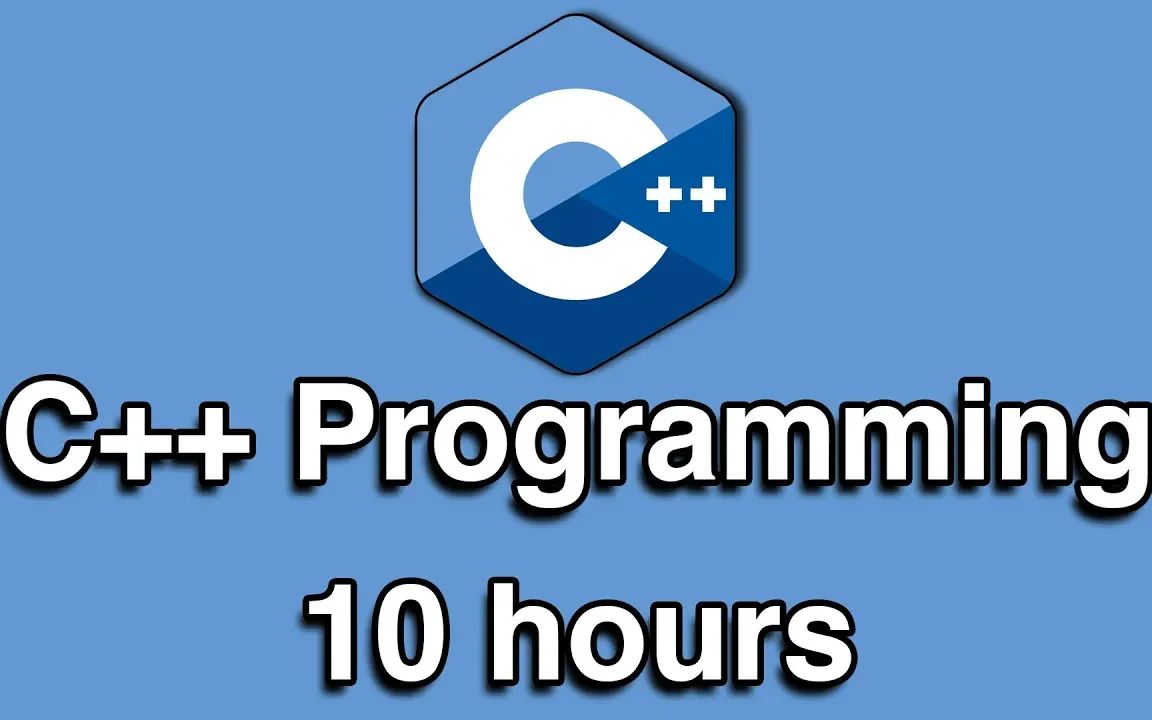Apache Kafka是一个分布式流处理平台,以其高吞吐量、低延迟和高可靠性著称。本文将全面介绍如何在C#中实现Kafka生产者,从基础配置到高级功能,帮助您构建可靠的消息发布系统。
1. 环境准备与基础配置
1.1 安装Kafka环境
- 本地开发:使用Docker快速搭建
docker run -d --name zookeeper -p 2181:2181 zookeeper
docker run -d --name kafka -p 9092:9092 --link zookeeper \
-e KAFKA_ZOOKEEPER_CONNECT=zookeeper:2181 \
-e KAFKA_ADVERTISED_LISTENERS=PLAINTEXT://localhost:9092 \
-e KAFKA_OFFSETS_TOPIC_REPLICATION_FACTOR=1 \
confluentinc/cp-kafka- 生产环境:建议使用Confluent Platform或云服务(如AWS MSK)
1.2 安装C#客户端
Install-Package Confluent.Kafka2. 基础生产者实现
2.1 简单消息发送
using Confluent.Kafka;
var config = new ProducerConfig
{
BootstrapServers = "localhost:9092"
};
using var producer = new ProducerBuilder<Null, string>(config).Build();
try
{
var message = new Message<Null, string> { Value = "Hello Kafka!" };
var deliveryResult = await producer.ProduceAsync("test-topic", message);
Console.WriteLine($"Delivered to: {deliveryResult.TopicPartitionOffset}");
}
catch (ProduceException<Null, string> e)
{
Console.WriteLine($"Delivery failed: {e.Error.Reason}");
}2.2 生产者配置详解
| 配置项 | 说明 | 推荐值 |
|---|---|---|
| BootstrapServers | Kafka集群地址(逗号分隔) | “broker1:9092,…” |
| MessageSendMaxRetries | 发送失败最大重试次数 | 3 |
| RetryBackoffMs | 重试间隔时间(ms) | 100 |
| LingerMs | 消息在发送前等待更多消息组成批次的时长 | 5 |
| BatchSize | 每个批次的最大字节数 | 16384 (16KB) |
| Acks | 消息确认机制(0:不等待, 1:leader确认, all:所有副本确认) | all |
| EnableIdempotence | 启用幂等性(防止消息重复) | true |
3. 高级消息生产
3.1 键值对消息
var config = new ProducerConfig
{
BootstrapServers = "localhost:9092",
EnableIdempotence = true
};
using var producer = new ProducerBuilder<string, string>(config)
.SetKeySerializer(Serializers.Utf8)
.SetValueSerializer(Serializers.Utf8)
.Build();
// 相同key的消息会被路由到同一分区
var message = new Message<string, string>
{
Key = "user123",
Value = "User logged in"
};
await producer.ProduceAsync("user-events", message);3.2 消息头信息
var message = new Message<Null, string>
{
Value = "Important message",
Headers = new Headers
{
{ "trace-id", Encoding.UTF8.GetBytes(Guid.NewGuid().ToString()) },
{ "message-type", Encoding.UTF8.GetBytes("alert") }
}
};3.3 自定义分区策略
// 实现自定义分区器
class CustomPartitioner : Partitioner
{
public override int Partition(string topic, ReadOnlySpan<byte> keyData,
ReadOnlySpan<byte> valueData, IC cluster)
{
// 自定义分区逻辑
return keyData.Length % cluster.PartitionCount;
}
}
// 配置使用自定义分区器
var config = new ProducerConfig
{
BootstrapServers = "localhost:9092",
Partitioner = Partitioner.Custom,
CustomPartitioner = new CustomPartitioner()
};4. 生产者可靠性保障
4.1 错误处理与重试
var config = new ProducerConfig
{
BootstrapServers = "localhost:9092",
MessageSendMaxRetries = 5,
RetryBackoffMs = 300,
EnableIdempotence = true
};
producer.Produce("important-topic", message, deliveryReport =>
{
if (deliveryReport.Error.IsError)
{
Console.WriteLine($"Failed to deliver: {deliveryReport.Error.Reason}");
// 实现自定义重试或补偿逻辑
}
else
{
Console.WriteLine($"Delivered to: {deliveryReport.TopicPartitionOffset}");
}
});4.2 事务性生产者
var config = new ProducerConfig
{
BootstrapServers = "localhost:9092",
TransactionalId = "my-transactional-producer",
EnableIdempotence = true
};
using var producer = new ProducerBuilder<string, string>(config).Build();
// 初始化事务
producer.InitTransactions(TimeSpan.FromSeconds(10));
try
{
// 开始事务
producer.BeginTransaction();
// 发送多条消息
producer.Produce("orders", new Message<string, string> { /* ... */ });
producer.Produce("payments", new Message<string, string> { /* ... */ });
// 提交事务
producer.CommitTransaction();
}
catch (KafkaException e)
{
Console.WriteLine($"Transaction failed: {e.Error.Reason}");
producer.AbortTransaction();
}5. 性能优化技巧
5.1 批量发送配置
var config = new ProducerConfig
{
BootstrapServers = "localhost:9092",
LingerMs = 20, // 等待20ms组成批次
BatchSize = 32768, // 32KB批次大小
QueueBufferingMaxMessages = 100000 // 队列中最大消息数
};5.2 异步发送模式
// 使用Produce方法而非ProduceAsync实现更高吞吐
for (int i = 0; i < 1000; i++)
{
producer.Produce("high-throughput", new Message<Null, string>
{
Value = $"Message {i}"
}, deliveryReport =>
{
// 可选的处理回调
});
// 每100条消息刷新一次
if (i % 100 == 0)
{
producer.Flush(TimeSpan.FromSeconds(1));
}
}
// 最后确保所有消息发送完成
producer.Flush(TimeSpan.FromSeconds(10));5.3 压缩配置
var config = new ProducerConfig
{
BootstrapServers = "localhost:9092",
CompressionType = CompressionType.Gzip, // 或Snappy, Lz4, Zstd
CompressionLevel = 6 // Gzip压缩级别
};6. 监控与指标
6.1 生产者指标收集
var config = new ProducerConfig
{
BootstrapServers = "localhost:9092",
StatisticsIntervalMs = 60000 // 每分钟收集一次统计信息
};
using var producer = new ProducerBuilder<Null, string>(config)
.SetStatisticsHandler((_, json) =>
{
// 解析并处理统计信息
Console.WriteLine($"Stats: {json}");
})
.Build();6.2 关键监控指标
- message-rate:消息发送速率
- request-rate:请求速率
- request-latency-avg:平均请求延迟
- batch-size-avg:平均批次大小
- record-error-rate:错误记录率
7. 生产环境最佳实践
7.1 生产者池模式
public class KafkaProducerPool<TKey, TValue> : IDisposable
{
private readonly ConcurrentBag<IProducer<TKey, TValue>> _producers;
private readonly ProducerBuilder<TKey, TValue> _builder;
public KafkaProducerPool(ProducerConfig config, int poolSize)
{
_producers = new ConcurrentBag<IProducer<TKey, TValue>>();
_builder = new ProducerBuilder<TKey, TValue>(config);
for (int i = 0; i < poolSize; i++)
{
_producers.Add(_builder.Build());
}
}
public IProducer<TKey, TValue> GetProducer()
{
if (_producers.TryTake(out var producer))
{
return producer;
}
return _builder.Build();
}
public void ReturnProducer(IProducer<TKey, TValue> producer)
{
_producers.Add(producer);
}
public void Dispose()
{
foreach (var producer in _producers)
{
producer.Dispose();
}
}
}7.2 消息序列化优化
// 使用高效的序列化方案(如Protobuf)
public class ProtobufSerializer<T> : ISerializer<T> where T : IMessage<T>, new()
{
public byte[] Serialize(T data, SerializationContext context)
{
if (data == null) return null;
return data.ToByteArray();
}
}
// 配置生产者使用Protobuf序列化
var producer = new ProducerBuilder<string, UserEvent>(config)
.SetValueSerializer(new ProtobufSerializer<UserEvent>())
.Build();8. 常见问题解决
8.1 消息发送超时
var config = new ProducerConfig
{
BootstrapServers = "localhost:9092",
MessageTimeoutMs = 30000, // 30秒超时
RequestTimeoutMs = 5000 // 5秒请求超时
};8.2 领导者不可用
// 配置自动重试
var config = new ProducerConfig
{
BootstrapServers = "localhost:9092",
MessageSendMaxRetries = 5,
RetryBackoffMs = 300,
EnableIdempotence = true
};9. 总结
本文详细介绍了在C#中实现Kafka生产者的各个方面,关键要点包括:
- 基础配置:正确设置BootstrapServers和基本参数
- 消息生产:键值对消息、消息头、自定义分区等高级功能
- 可靠性保障:错误处理、事务支持和消息确认机制
- 性能优化:批量发送、压缩和异步模式提升吞吐量
- 生产实践:生产者池、序列化优化和监控方案
Kafka生产者是构建实时数据管道和事件驱动系统的核心组件。正确配置和使用可以确保消息的高效、可靠传递,为您的分布式系统提供坚实的基础。
